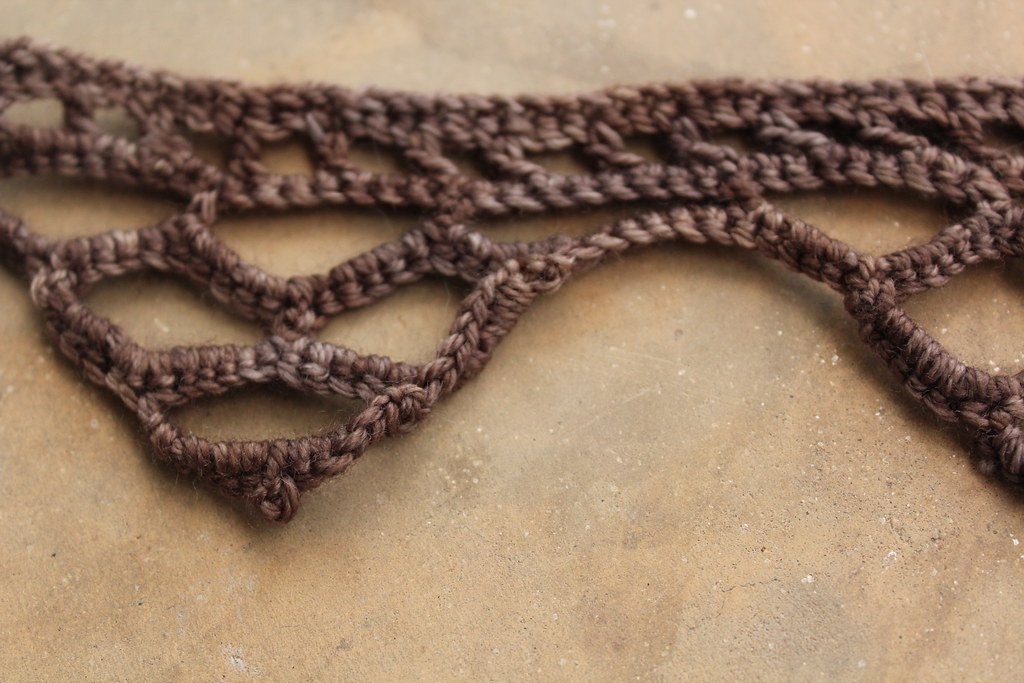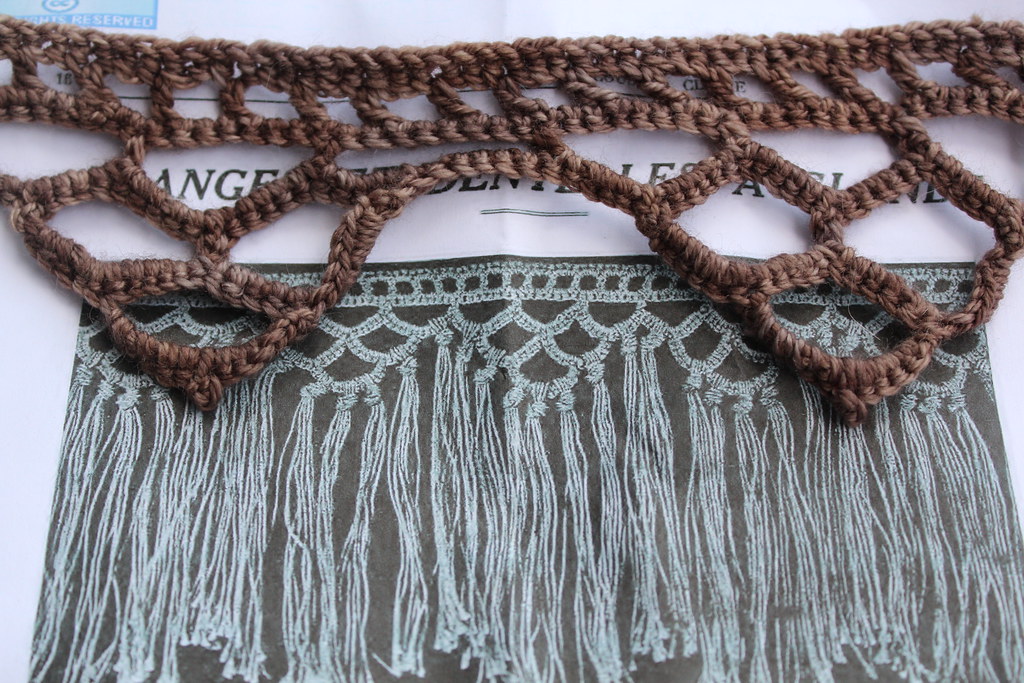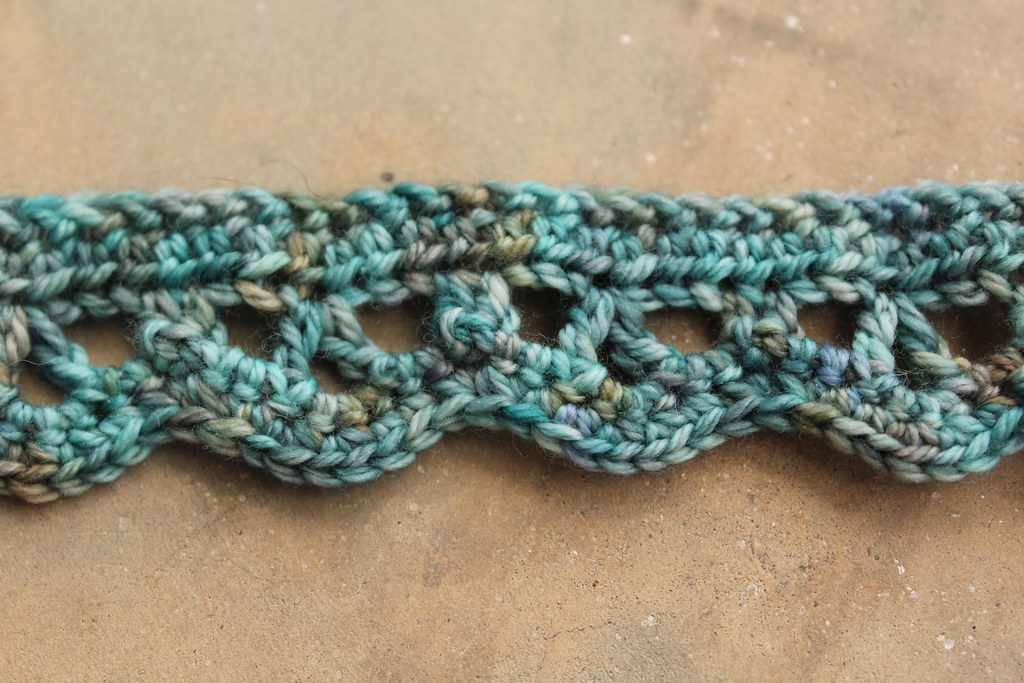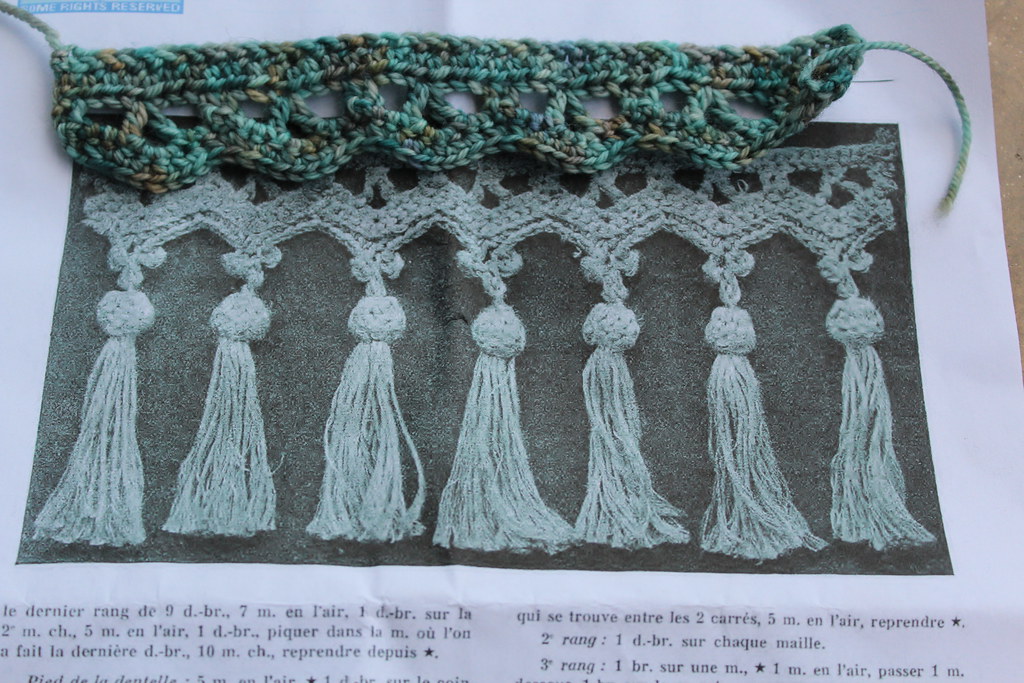Today has been the day of socks. I had to get the knitted sample of a design I’m working on for Sockupied off by 3 – so I was knitting the afterthought heel into the sock the entire morning. (It was in Anzula. It wasn’t exactly a hardship.)
In other news, I’ve got some serious pattern writing to do tomorrow. So if my blog post on Friday is light, you’ll know why. My brain will be wrung out.
Lastly, I’ve been having a great conversation in the Designer Forums on Ravelry about work schedules, Flow, and staying on task. It’s particularly enlightening.

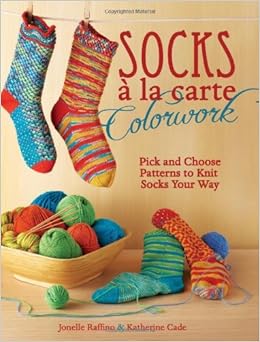
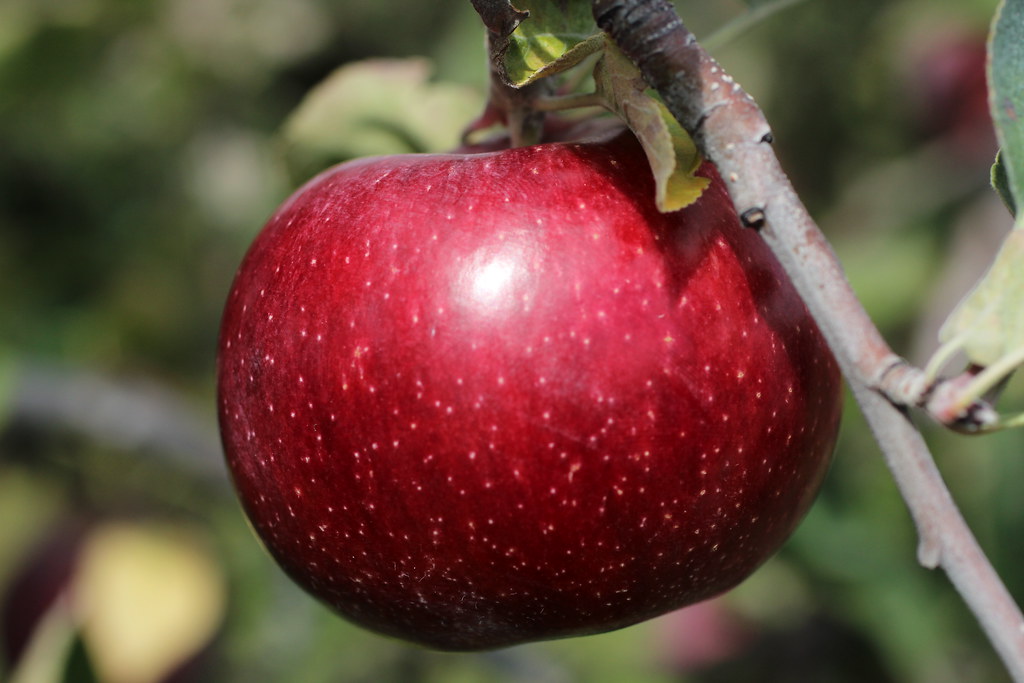



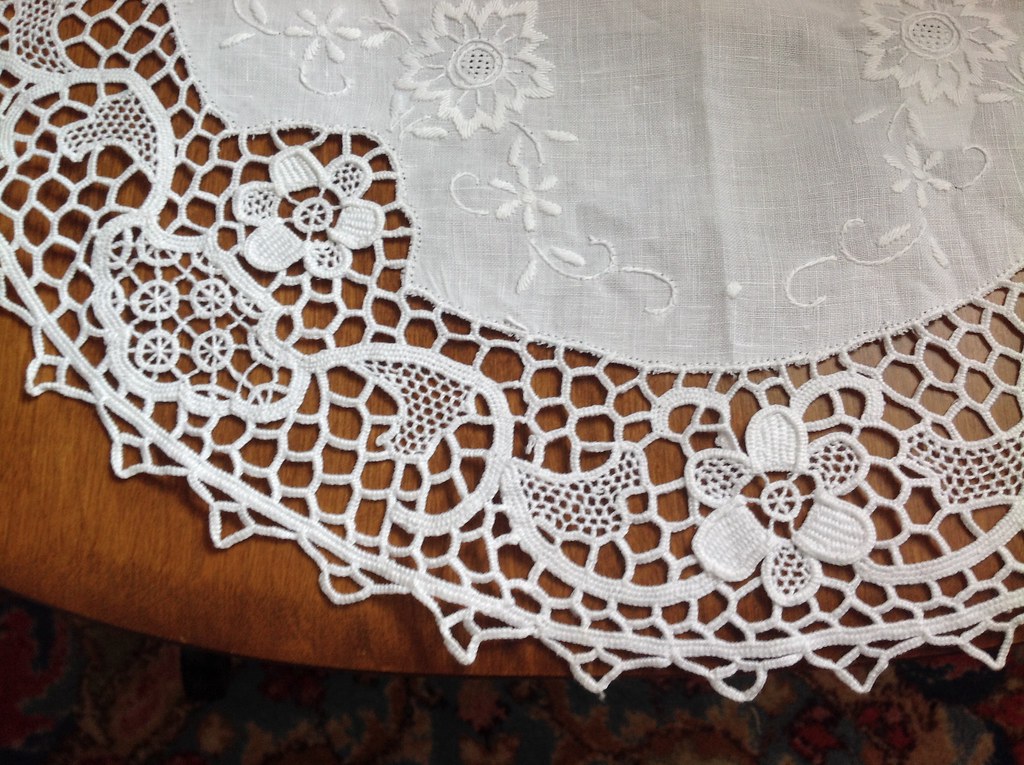
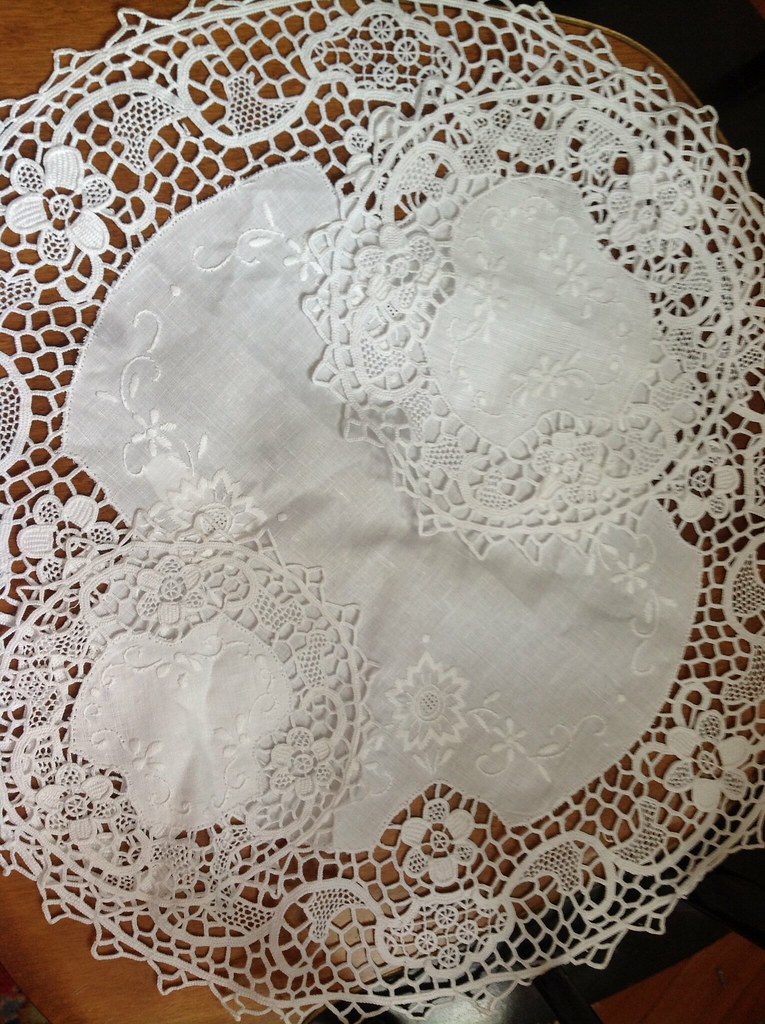
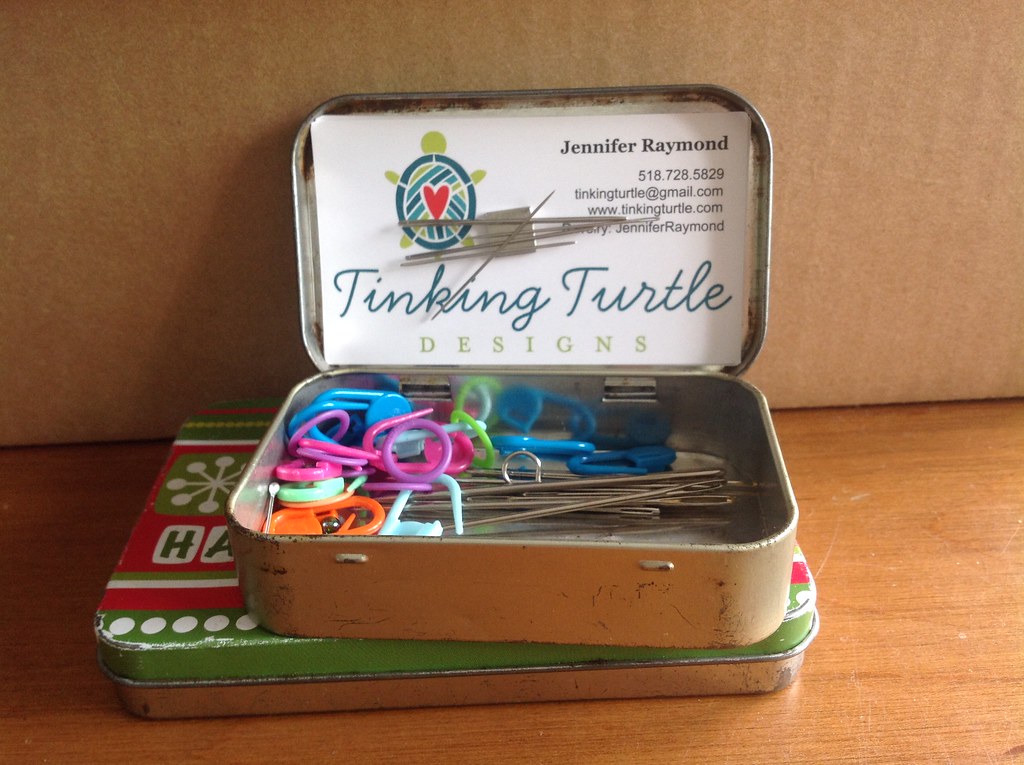











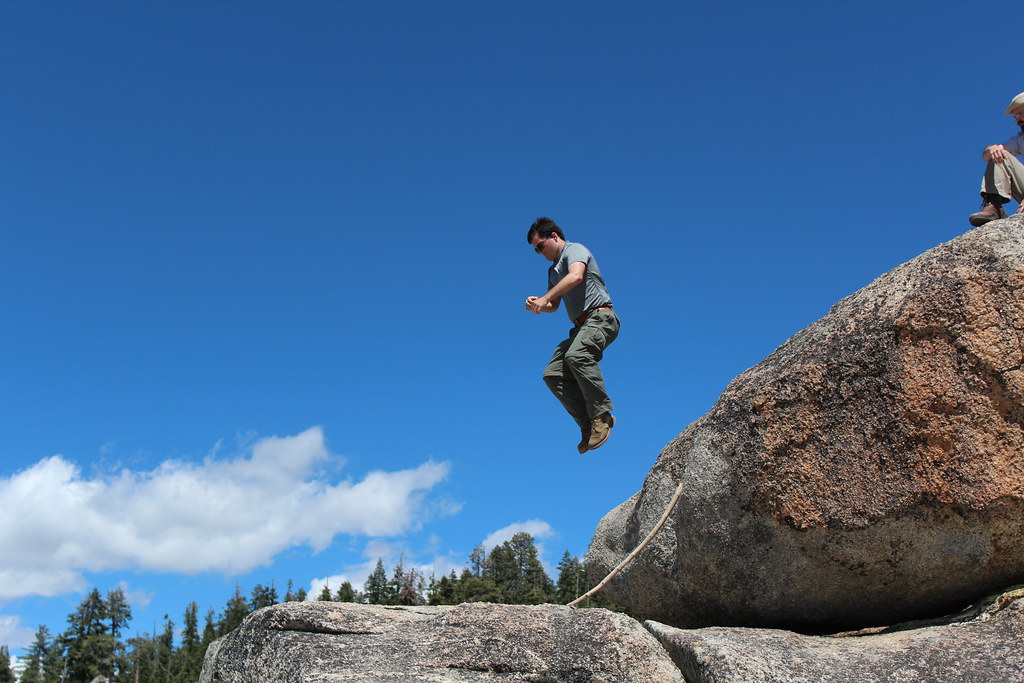



 When I was younger and my mother needed something to keep my
When I was younger and my mother needed something to keep my

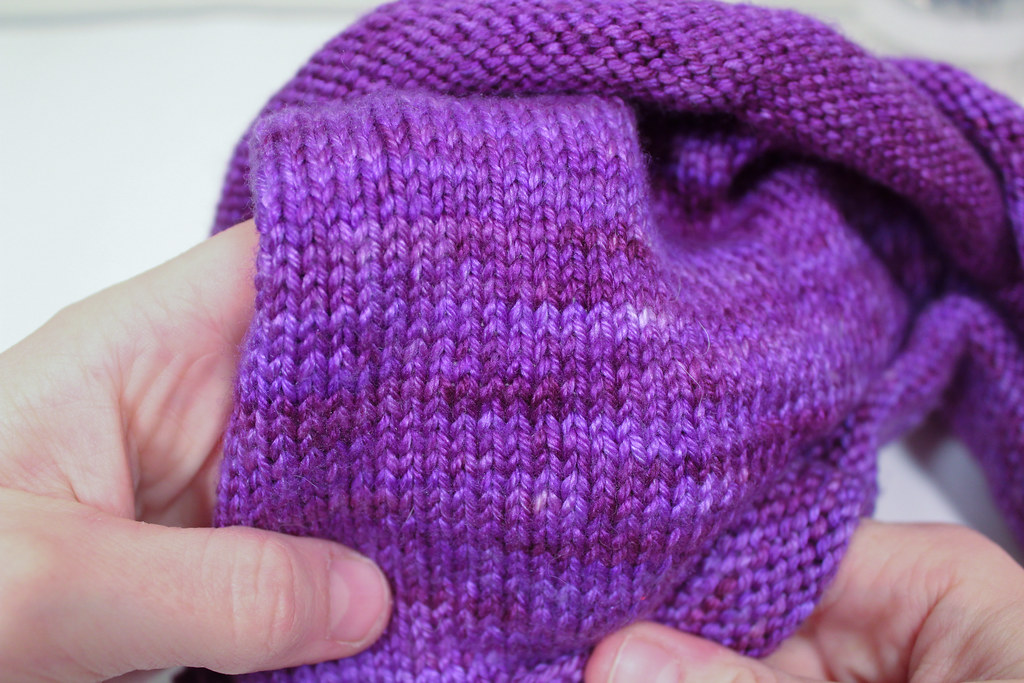
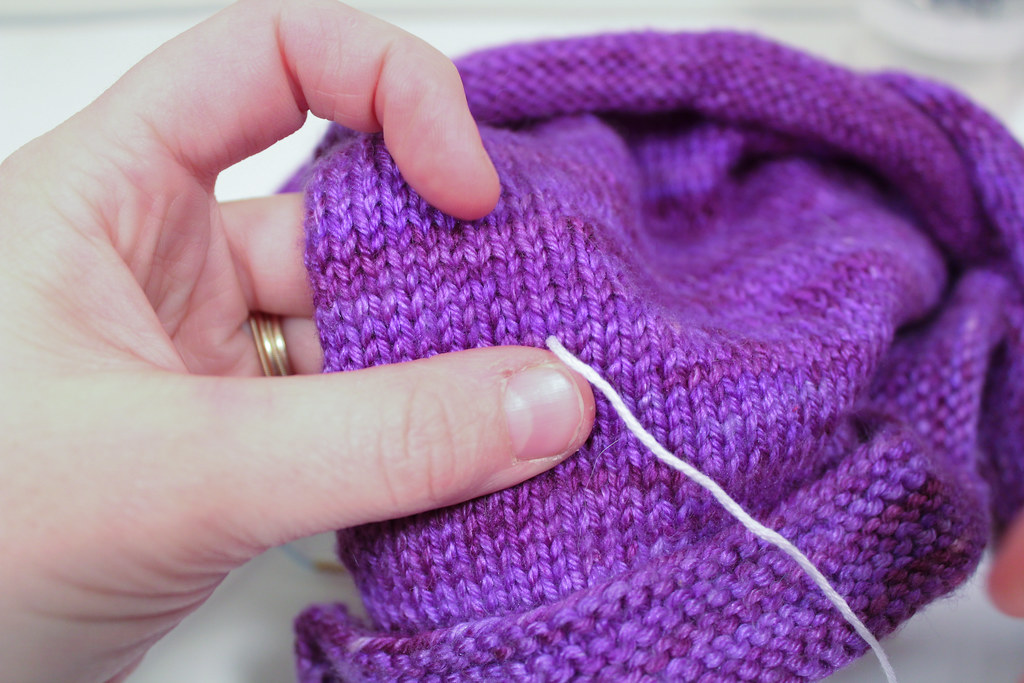
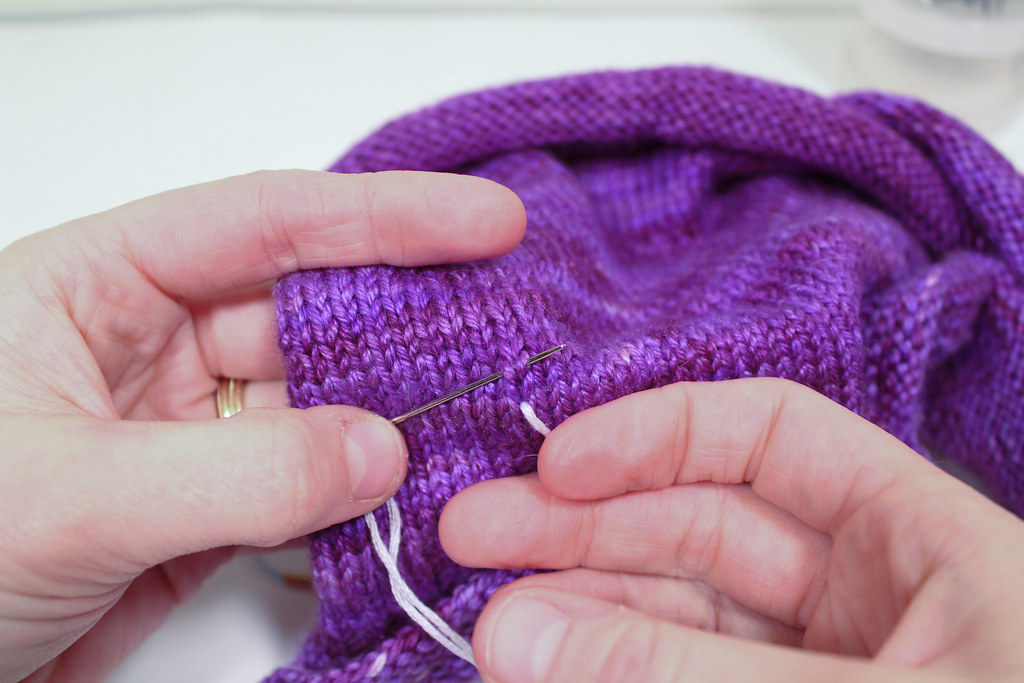
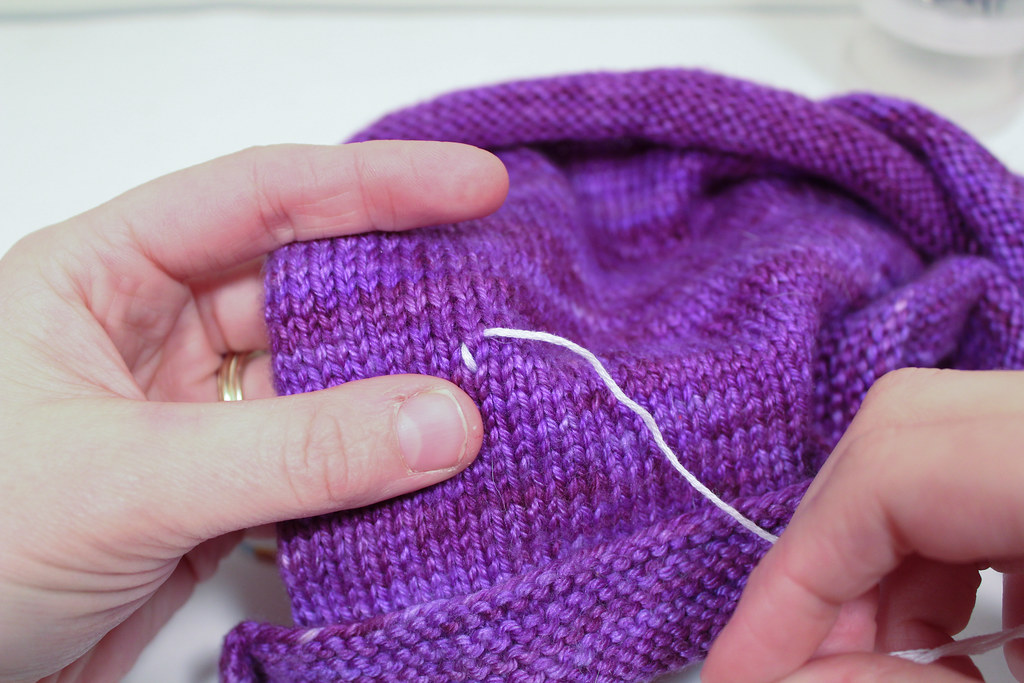
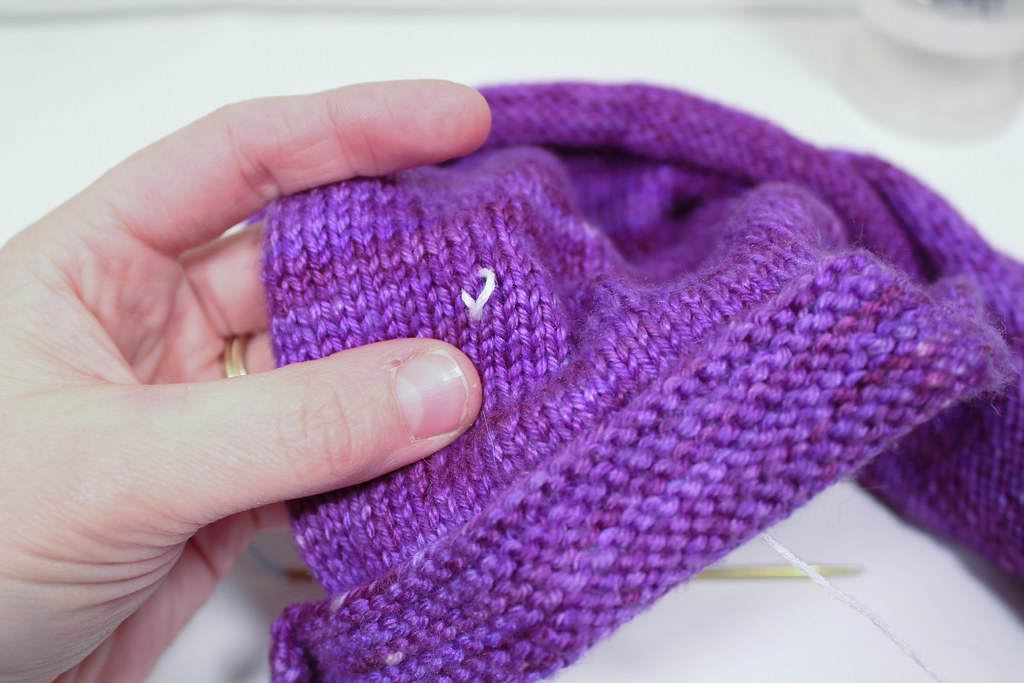
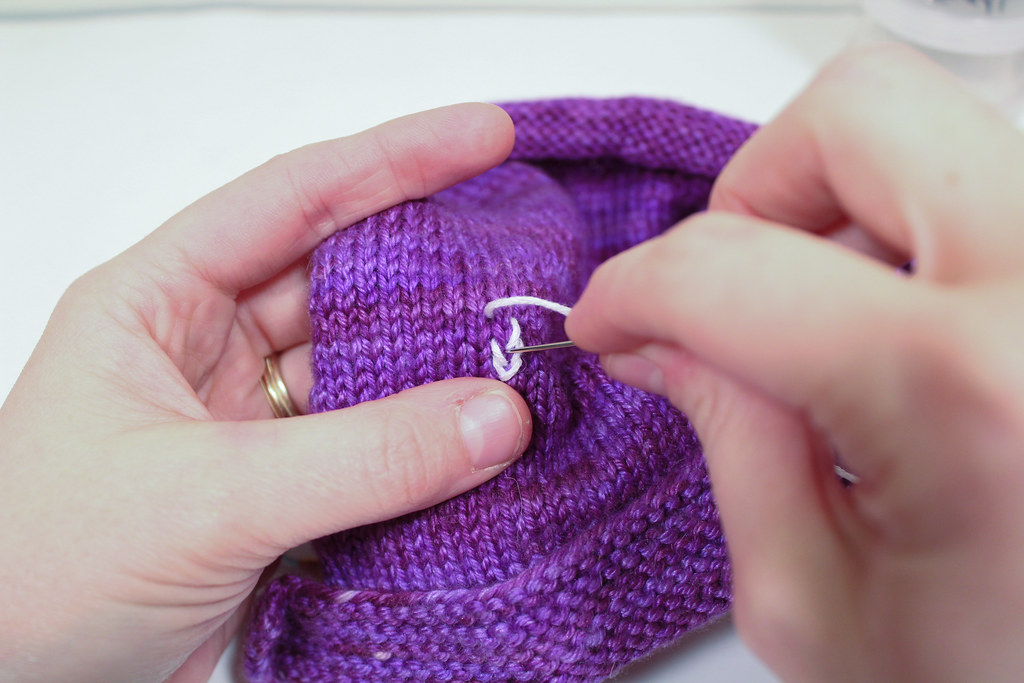
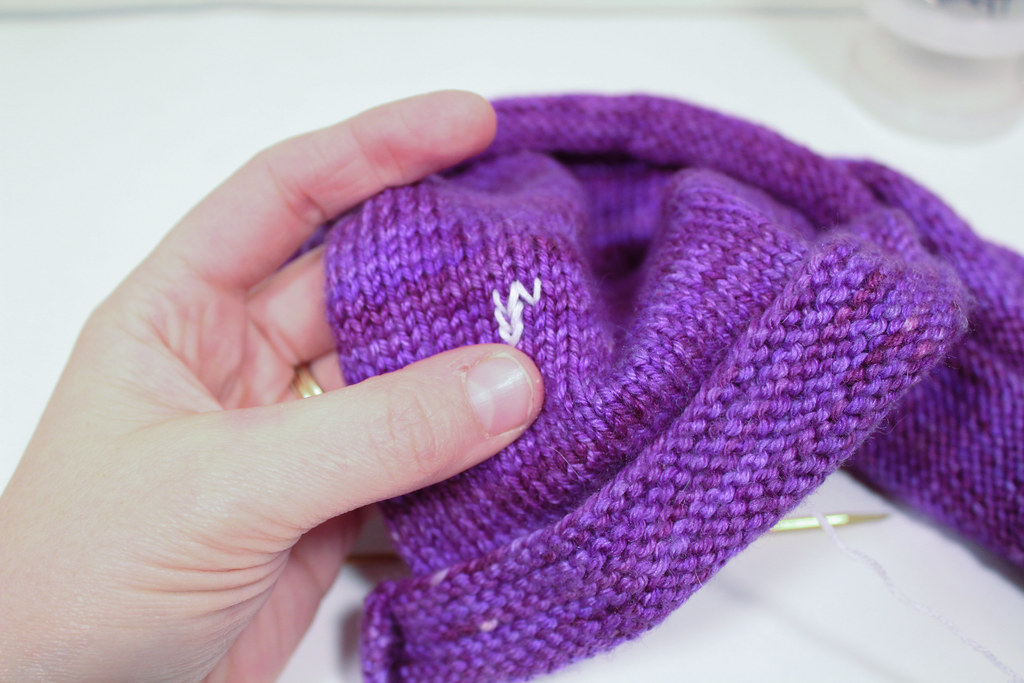
.jpg)
